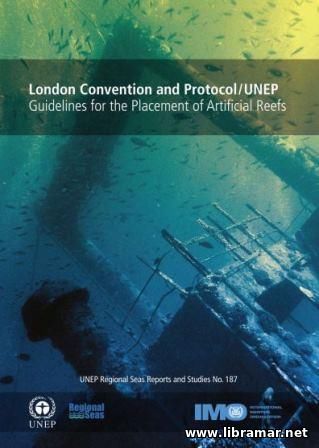
We know that the artificial reefs are used in so many countries all around the world and have been used throughout many ages. The continuously escalating use of such reefs in coastal waters, especially when combined with the possibility of having negative consequences, has eventually resulted in the requirement of having some special form of worldwide guidance that would provide necessary information about their construction and deployment as well as management.
One of the major aims of this publication officially prepared and released by the IMO, is to ensure that their development is taking place fully consistent with the formal provisions and aims declared within the London Convention. It will also help ensure that subject development is carried out harmonized with the essential principles of the ecological approach to the marine environment management.
The content of the Guidelines is written in order to provide assistance to the countries where the requirement to assess the relevant proposals for placing such reefs has already been recognized and will also help in preparation of the associated regulatory framework. It will also be useful when used for implementation of the existing regulations.






